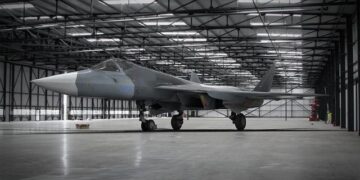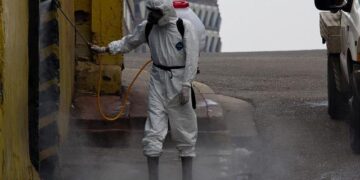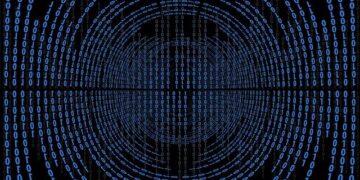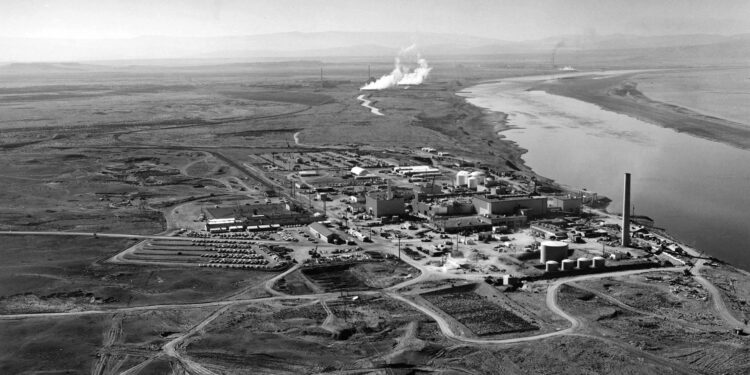On October 15, the Department of Ecology for the State of Washington announced a significant milestone in environmental management: the commencement of waste vitrification at the Hanford Site. This development marks a critical step forward in the long-term cleanup of one of the nation’s most complex nuclear waste storage locations. The vitrification process aims to stabilize hazardous radioactive waste by turning it into a durable glass form, reducing environmental risks and paving the way for safer containment. As the Hanford Site continues to address decades of legacy pollution, this advancement represents both a technological achievement and a renewed commitment to protecting public health and the environment.
Hanford Site Initiates Waste Vitrification Process Marking a Major Milestone
The Hanford Site has commenced its long-anticipated waste vitrification process, a pivotal advancement in the management of radioactive materials. This innovative method involves immobilizing hazardous waste in molten glass, significantly reducing the risk of environmental contamination and paving the way for safer, long-term storage. Experts highlight that vitrification not only stabilizes the waste but also minimizes the volume and potential hazards associated with traditional disposal methods.
Key benefits of the vitrification process include:
- Encapsulation of radioactive elements in a durable glass matrix
- Enhanced durability against leaching and degradation
- Reduction of waste volume for streamlined storage
- Compliance with stringent environmental safety standards
| Process Stage | Description | Expected Completion |
|---|---|---|
| Waste Pretreatment | Separation and concentration of radioactive waste | Q2 2024 |
| Vitrification | Melting waste with glass-forming materials | Ongoing |
| Quality Assurance | Testing glass logs for stability and safety | Q4 2024 |
Department of Ecology Emphasizes Environmental Safety and Long-Term Monitoring
The Department of Ecology is reinforcing its commitment to safeguarding the environment through stringent safety measures and comprehensive long-term monitoring at the Hanford Site. As vitrification of nuclear waste begins, the agency underscores its role in ensuring that every step aligns with state and federal environmental regulations. This process locks hazardous materials in glass logs, minimizing the risk of contamination in soil and groundwater, and creating a stable form for safe storage. Continuous oversight on-site ensures the protection of nearby ecosystems and communities.
To maintain transparency and accountability, Ecology has implemented a robust monitoring framework that includes:
- Real-time groundwater quality testing to detect potential leaks early
- Regular air emission assessments during vitrification operations
- Long-term ecological impact studies to track effects on local flora and fauna
- Community engagement forums ensuring public concerns are addressed promptly
| Safety Metric | Monitoring Frequency | Status |
|---|---|---|
| Groundwater Sampling | Weekly | On Track |
| Air Quality Checks | Daily | Compliant |
| Radioactive Waste Containment | Continuous | Secure |
Experts Recommend Strengthening Community Engagement and Transparent Reporting
Community leaders and environmental experts emphasize the crucial role of ongoing dialogue between project managers and local residents to foster trust and accountability. They urge the Hanford Site management to implement consistent, transparent updates that detail both progress and challenges in waste vitrification efforts. Open forums, accessible reports, and responsive communication channels are highlighted as essential tools to ensure that stakeholders remain informed and engaged throughout this complex process.
Among the recommended measures to improve transparency and engagement, experts suggest prioritizing:
- Regular public briefings with clear, jargon-free explanations of technical developments.
- Independent monitoring panels comprising community representatives and environmental scientists.
- Interactive digital platforms for real-time data sharing and feedback collection.
| Engagement Activity | Frequency | Purpose |
|---|---|---|
| Public Town Halls | Quarterly | Discuss milestones and concerns |
| Progress Reports | Monthly | Update on vitrification status |
| Community Feedback Surveys | Biannual | Gauge public trust and input |
Future Outlook
The commencement of waste vitrification at the Hanford Site marks a significant milestone in Washington State’s ongoing efforts to manage and remediate nuclear waste safely. This advanced process, overseen by the Department of Ecology, is expected to immobilize hazardous materials effectively, reducing environmental risks and moving the cleanup forward. As operations continue, officials emphasize continued monitoring and transparency to ensure the long-term protection of the Columbia River Basin and surrounding communities. The progress at Hanford underscores the critical intersection of technology, environmental stewardship, and public accountability in addressing one of the nation’s most complex environmental challenges.






























